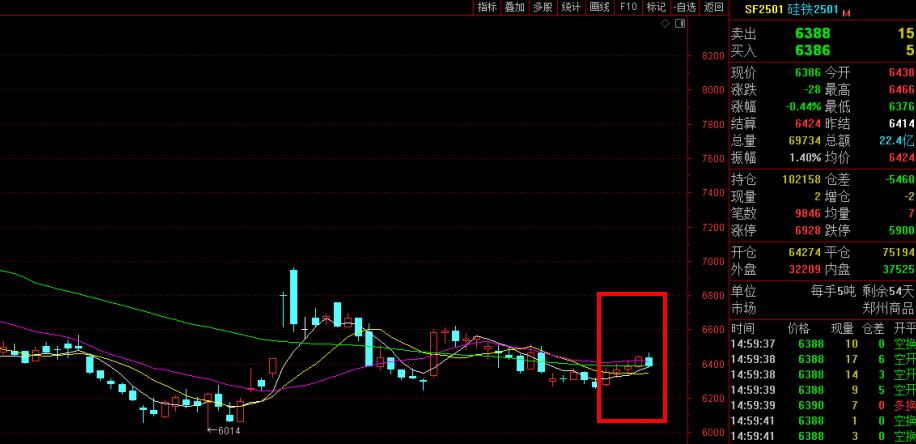Indonesia’s economic growth probably slowed or remained steady in the third quarter, as exports weakened amid the global slowdown and consumer spending may have been hurt by soaring inflation and a high interest rate environment.
A Reuters poll of 11 analysts has a median forecast of 5.6 percent, which would be the slowest growth since the quarter ended December 2009. But according to the median forecast of seven economists surveyed by Bloomberg, the economy probably expanded 5.80 percent in the July-September period, year-on-year.
Still, third-quarter growth would be within Bank Indonesia’s target of 5.5 percent to 5.9 percent for this year. The Central Statistics Agency (BPS) is scheduled to release economic data on Wednesday.
In the second quarter the gross domestic product rose 5.81 percent, which was the slowest growth rate since the third quarter of 2010.
Gundy Cahyadi, an economist at Singapore-based DBS Bank, said he first saw a downside risk to the bank’s current annual 5.7 percent growth forecast in the third quarter after seeing weak trade data.
“We are probably going to see GDP growth staying somewhat soft, and we now see some downside risks to our current forecast of 5.7 percent growth in the period,” he said.
Gundy said Indonesia’s exports would likely remain under pressure because of relatively low commodity prices this year.
Although Indonesia posted a narrower trade deficit in the July-September period from the previous quarter, the trade balance on a monthly basis in September swung to a deficit of $660 million after a surplus of a revised $71 million in August. The trade deficit had reached a record high of $2.3 billion in July.
In the third quarter, Indonesia posted a $2.9 billion trade deficit, narrowing from $3.1 billion in the second quarter.
“A return to trade deficit in September underscores Indonesia’s external vulnerabilities,” Barclays said in a note to clients on Friday, adding that the bank also remained bearish on the rupiah exchange rate. The rupiah has fallen 16 percent against the dollar this year, which has made the costs of imports expensive.
In the second quarter,exports contributed to around 23 percent of Indonesia’s economy. Meanwhile, internal as well as external factors may have been eroding Indonesian consumers’ disposable income, even as more people entered the middle class.
Household consumption, the contributor of more than 55 percent of the economy in the last quarter, may have been squeezed by the average 33 percent increase in subsidized fuel prices in June, a rising interest rate environment, and weakening rupiah. Such factors have also caused imported inflations, not only for food prices, but also on factory raw materials, electronics and automotive parts.
Inflation eased to 8.3 percent in October, year-on-year, as the impact of higher subsidized fuel prices eased. Inflation had peaked at 8.8 percent in August, which was the quickest pace in four years. The central bank had raised its key interest rate by a total of 150 basis points since June to 7.25 percent, in an effort to combat inflation and boost the attractiveness of Indonesian assets amid global market volatility.
Barclays predicted inflation in Indonesia at 9 percent by the end of this year, which is 70 basis points lower than its previous estimate. But it expects Bank Indonesia to raise its benchmark rate by 25 basis points in the next three months.
Other data point to slowing economic growth. The latest retail sales data showed 1.3 percent growth year-on-year in August, slowing from a 15 percent increase a month earlier, according to the central bank.
Copyright © 2013 Ferro-Alloys.Com. All Rights Reserved. Without permission, any unit and individual shall not copy or reprint!
- [Editor:editor]



 Save
Save Print
Print Daily News
Daily News Research
Research Magazine
Magazine Company Database
Company Database Customized Database
Customized Database Conferences
Conferences Advertisement
Advertisement Trade
Trade


















Tell Us What You Think